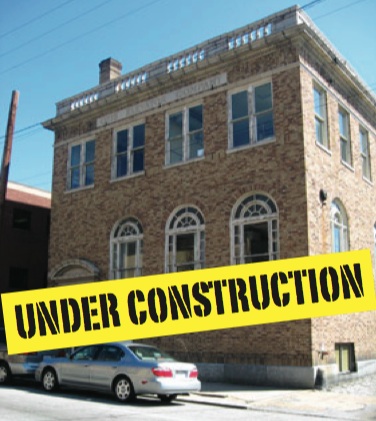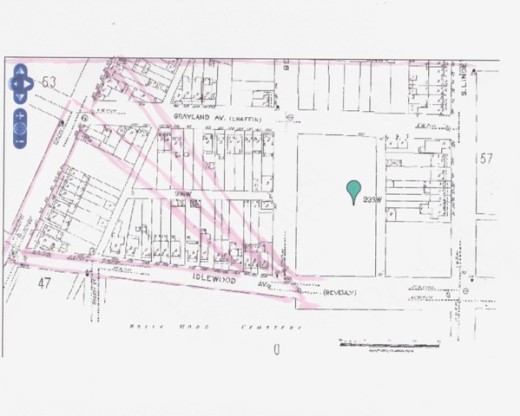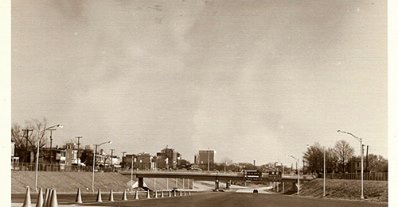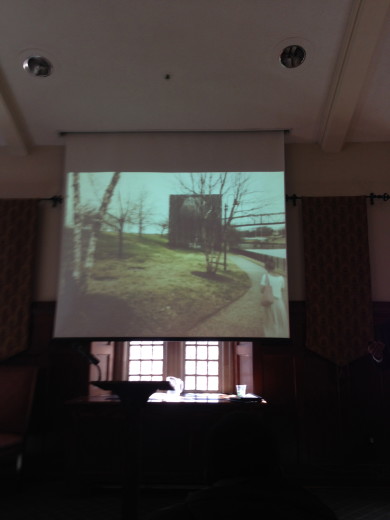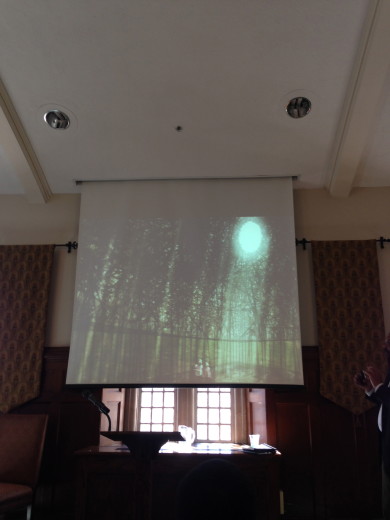From email to the City’s Board of Zoning Appeals:
Dear Board Members,
At the June 24, 2014 meeting of the Oregon Hill Neighborhood Association (OHNA), the neighborhood voted unanimously to oppose the application for zoning variance for the proposed new house at 423 S. Cherry Street (BZA Case No. 15-14).
The minimum side yard setback of three feet as required by Section 114-413.6 of the city zoning ordinance for the neighborhood’s R-7 zoning is not met. We note that, although it may be a lot of record, the 423 S. Cherry Street lot size of 1,161 sq. feet is less than a third of the minimum lot size of 3,600 sq. feet that is required by Section 114-413.5 of the zoning ordinance.
The proposed developer of 423 S. Cherry Street cannot show a hardship because he does not own the property. Also, the proposed developer stated, at a meeting with the neighborhood association to present his plans, that it would be possible to build an eleven-foot wide house meeting the setback requirements of the city zoning code. The owner of the property cannot show a hardship because he purchased the lot in 2003 without any improvements and with full knowledge of the lot’s limitations. The owner purchased this lot along with many other lots for $414,500 from the owner of Victory Rug. The current owner is an experienced developer and has advertised this lot for sale on Zillow as a lot that “does not meet city size requirements for a home.”
The lack of the required three foot minimum side setback would cause a hardship for the owners of the homes on the 800 block of Spring Street. These property owners purchased their homes with the understanding that the city’s zoning ordinance would be enforced and that a house would not be built within inches of their rear property line. It is worth noting that a total of four properties on the 800 block of Spring Street are under a preservation easement in perpetuity through the Virginia Department of Historic Resources. Two of these properties protected by a preservation easement would be affected by the building of a new house at 423 S. Cherry Street.
A new house built within inches of the rear property line of the four houses on Spring Street would potentially cause serious drainage and fire access issues. There is no rear alley access to the property at 423 S. Cherry Street, and without a side setback there would be no access to the rear of the houses on the 800 block of Spring Street. The 1905 Sanborn Insurance map shows a house that previously existed at 423 S. Cherry Street with a side setback of several feet between the former house and the rear lot line of the houses on the 800 block of Spring Street.
The initial design for the proposed house at 423 S. Cherry Street that the neighborhood association received is not sensitive to the design features found in the Oregon Hill Historic District, which is listed on the state and national registers. The one centrally located window upstairs does not correspond with the two-bay design of the door and window apertures of the downstairs of the house. The materials shown in the plans of the house, such as the asphalt shingles on the front porch roof, are not what we would expect to find in an historically sensitive architectural plan. We would encourage the potential developer of this property to reconsider his proposed design.
The developer, at the time of his presentation to the neighborhood association, had not considered where the supercans would be stored if the house is built. It appears that the house at 423 S. Cherry Street and the four houses on Spring Street that back up to this property would have to permanently keep the unsightly supercans in front of each dwelling.
In summary, please deny approval of BZA Case No. 15-14. We do not believe that the owners who have restored their homes should be forced to experience a hardship in order that the developer can build a house without the required setbacks.
Sincerely,
Jennifer Hancock, President
Oregon Hill Neighborhood Association (OHNA)
June 25, 2014
The Board of Zoning Appeals is meeting July 2nd at 1 pm.

